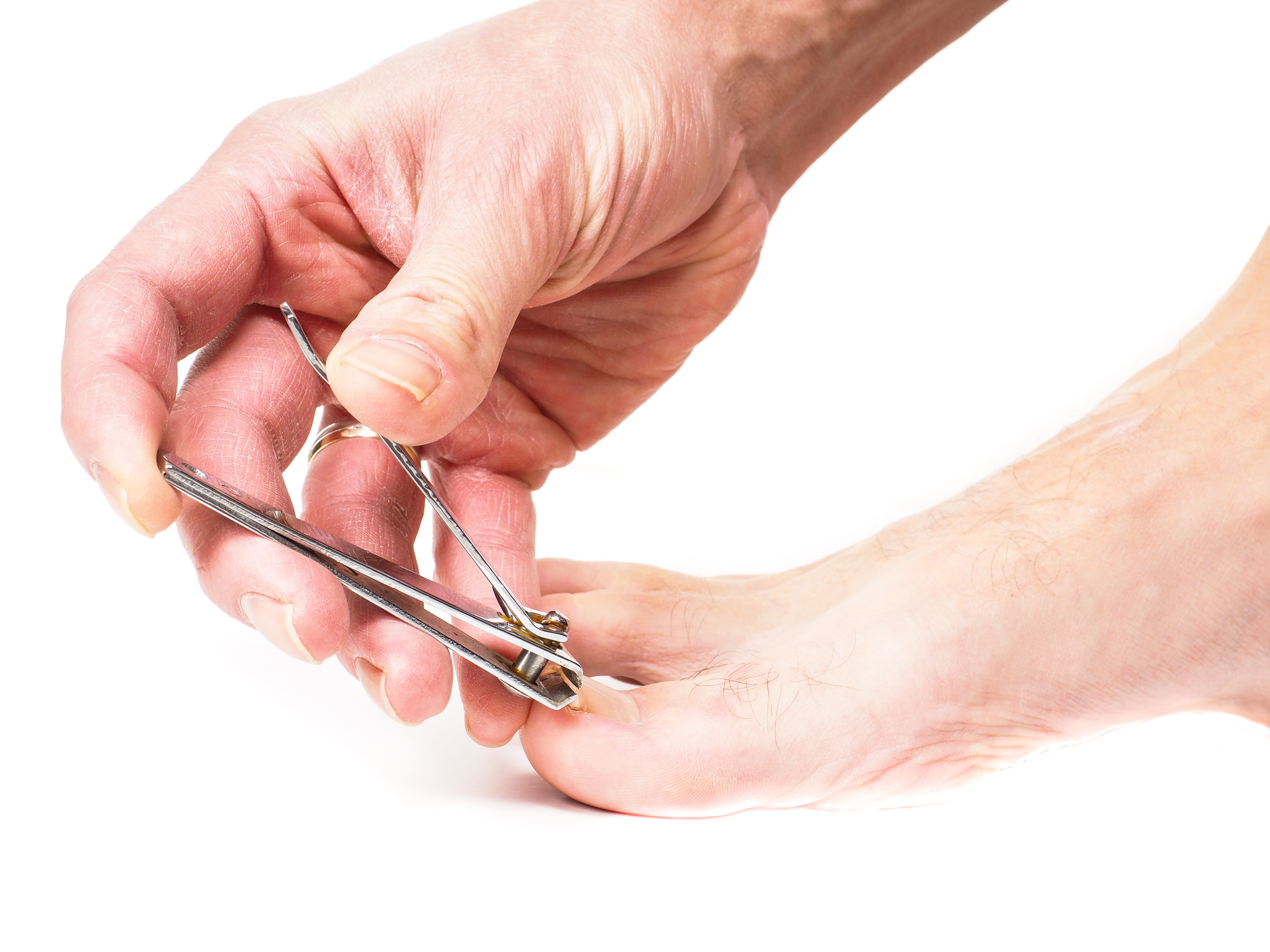DIAGNOSIS
Your doctor will do a physical exam to diagnose an ingrown toenail. He or she will look at your toe where the nail has grown into the skin.
RECOMMENDED MEDICATIONS
You can try the following steps at home to relieve the pain caused by your ingrown toenail and help the nail to grow out naturally:
- Soak your sore toe in warm water for 15 minutes 2 to 3 times each day.
- Wedge a small piece of wet cotton, such as part of a cotton ball, under the corner of your ingrown nail. This will help lift the nail off of the skin.
- Soak your toe and change the piece of cotton each day until the nail grows out and can be trimmed.
- Do not use a sharp object like manicure scissors to dig under your nail, because the toe might get infected.
- Do not try to use a needle to drain the pus from your toe. This could make the infection worse.
- While your ingrown toenail is healing, wear comfortable shoes or sandals that do not press on your toe.
Use these home treatment steps for 3 days. If they do not help, you might need to see your doctor. Be sure to see a doctor if your toe gets infected.
Your doctor might give you antibiotics. If your toenail is very ingrown, your doctor might suggest minor surgery to remove all or part of the ingrown nail. He or she may refer you to a podiatrist.
After the surgery it is important to take care of your toe so that it can heal. Your doctor will give you specific instructions to follow. He or she may tell you to:
- Soak your toe in warm water for 15 minutes 2 to 3 times each day.
- Rub antibiotic ointment 2 times each day on the toe where the nail was removed.
- Wear a bandage on your toe.
- Wear loose-fitting shoes that don’t press on the toe where the nail was removed.
- Take pain medicine if your toe hurts. Nonsteroidal anti-inflammatory drugs (NSAIDs), including aspirin (such as Bayer), ibuprofen (such as Advil), or naproxen (such as Aleve), might help your toe feel better. Do not give aspirin to anyone younger than 20 because of the risk of Reye syndrome.


